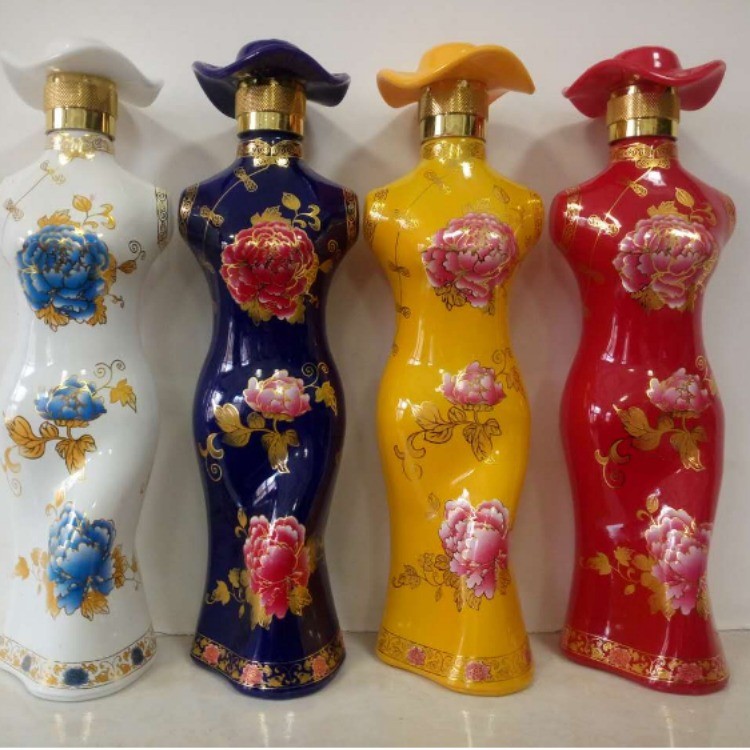


The origin of cheongsam
Cheongsam, the traditional clothing of Chinese women, is known as the quintessence of China and the national dress of women. Although there are still many controversies about its definition and generation time, it is still one of the most splendid phenomena and forms in China's long dress culture. Cheongsam, born out of the clothing of Manchu women in the Qing Dynasty, (qifu) was shaped by the continuous improvement of Western clothing styles absorbed by women in the Republic of China. It is different from the Hanfu system that has been followed for more than 3,000 years and the Chinese women's clothing for more than 300 years in the Qing Dynasty. Flag uniforms are the mainstream. In the early 1920s, under the influence of Western culture, Chinese women began to comprehend the "curvy beauty", and continued to improve cheongsam, innovating from the old, and striving to express their beautiful body curves.
After the 1980s, with the re-emphasis of traditional culture in the Mainland, and the influence of film and television culture, fashion shows, and beauty pageants, cheongsam not only gradually revived in the mainland, but also spread throughout the world.
In 1984, cheongsam was designated as a dress for female diplomats by the State Council.
Since the Beijing Asian Games in 1990, cheongsam has been chosen as the ceremonial clothing for the Olympics, Asian Games, international conferences and expositions held in mainland China.
On May 23, 2011, the handmade craftsmanship of cheongsam became one of the third batch of national intangible cultural heritage approved and announced by the State Council.
In November 2014, at the 22nd APEC meeting in Beijing, the Chinese government chose cheongsam as the dress of the wives of the leaders of the participating countries.
Futaixing Winery has inherited a hundred years of winemaking history, has explored and developed the imperial "Balifang" series of wines and inherited the Manchu culture "cheongsam wine". (Qipao wine is actually the inheritance of the Jin Dynasty wine culture, because the Manchu and the Jin people belong to the same ethnic group-the Jurchen tribe. Later, in 1636, the Emperor Taizong of the Qing Dynasty changed the Jurchen tribe to the Manchu.)
Guyun Balifang, drunk beautiful cheongsam wine. The cheongsam wine is beautifully packaged and attractive. The bottle shape is a cheongsam embroidered with peony flowers worn by Manchu women. The head has a Manchu characteristic sandal hat. It is divided into four colors of yellow, red, blue and white, representing the four positive flags of Manchu , Four colors of wine are put together, it is a beautiful scenery, people are already drunk without drinking.

